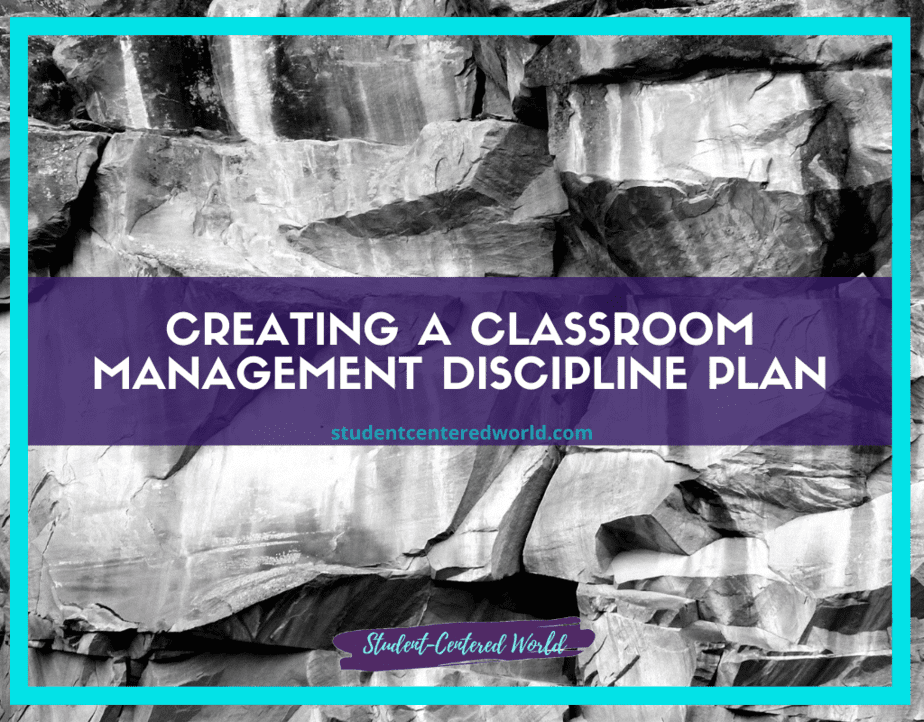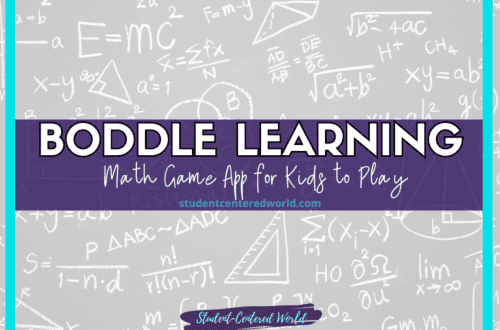Rockstar Classroom Management for New Teachers in the 21st-Century
I remember my first year of teaching like it was yesterday. Not only are you trying to figure out all the pieces of your curriculum and school protocol, but you’re also trying to come up with a solid classroom management plan that consistently works. Classroom management for new teachers is especially critical now as teachers nationwide look for ways to prevent low-level disruptions that can escalate into larger ones.
Classroom management for new teachers is a hot topic in the education world, and for good reason. When teachers have to deal with students who are constantly out of line or students whose behavior is so disruptive that learning becomes impossible, creating a conducive classroom learning environment can seem like an insurmountable challenge. But it doesn’t have to be this way!
Creating a plan for classroom management for new teachers from the very beginning is a great way to address potential discipline problems before they even happen. And, if you can’t stop disruptive behavior from the get-go, it’s much easier to handle situations as they arise rather than trying to come up with something on the fly that may or may not work.
Before we dive into ways that classroom management for new teachers can be a little easier, let’s talk about the different types of classroom disruptions.
Types of Classroom Disruptions
There are two types of classroom disruptions to keep in mind when creating a plan for classroom management for new teachers. Low-level disruptions happen when students talk out of turn, whisper to each other, or fidget around. These distractions can be anything that takes away from the learning of the class as a whole.
High-Level Disruptions are more noticeable. This type of disruption comes from students who may yell, call out, and become defiant in the classroom. High-level disruptions can be dangerous and hurt both you and your student’s learning experience.
Both of these can completely derail a classroom culture, just in different ways. Low-level disruptions can be more prevalent and harder to deal with, while high-level disruptions are often time more physical and dangerous for everyone involved.
There are of course always going to be students who simply choose not to follow directions or just want to get out of work. However, it’s important to not assume that they are doing so because they don’t care about learning. They may have behavioral or emotional issues beyond your control, but all students want to learn and most will do the work if you give them a clear outline of expectations.
Now that we know the different types of disruptions, let’s talk about some ways to improve your classroom management for new teachers.
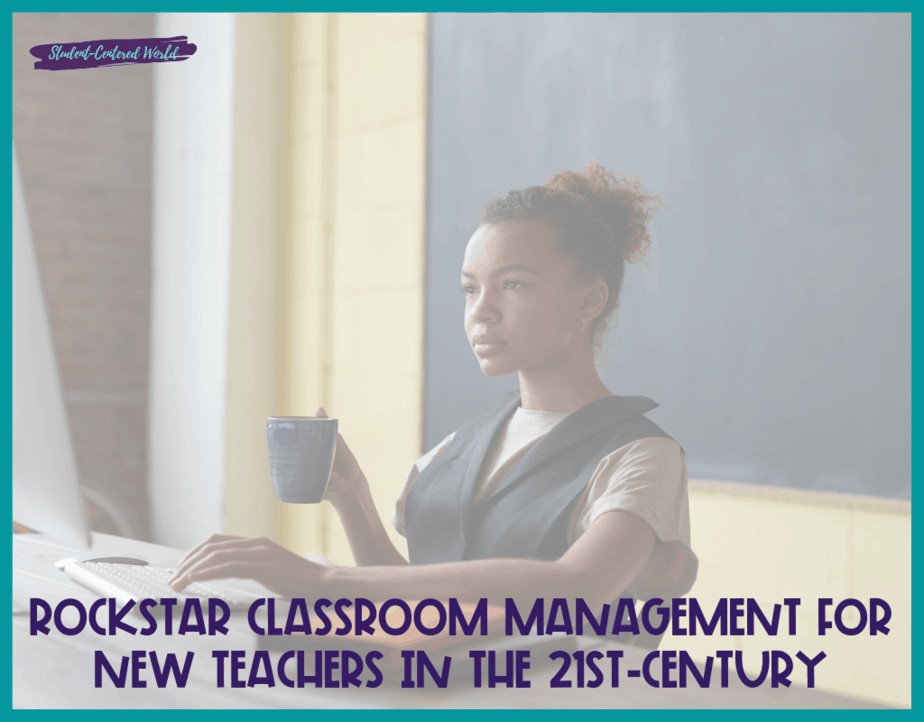
5 Ways to Prevent Classroom Disruptions
There are 5 key pieces for creating a plan for classroom management for new teachers
1. Get to know your students and their families. Knowing who your students are will help you understand the distractions that may be present and how you can redirect them accordingly. Knowing a student’s history and what they’re going through at home also helps with identifying disruptive behavior. For example, if a student is acting out, they might be hungry or tired. Talking with their parents may help you identify what they can bring to class so that next time you have the opportunity to address the disruption before it escalates.
2. Create an effective classroom management plan. It’s important for teachers to establish school-wide rules that are clearly outlined for students and their families upfront. This is a key piece of classroom management for new teachers.
3. Have clear, consistent consequences for classroom disruptions. When students see that there are real consequences for disrupting the class, they will be less likely to act out because they don’t want to suffer the consequences any more than you do. If you give a student the same consequence every time he or she has a disruption, the student will know what to expect and it won’t be as confusing or scary.
4. Be Consistent with your discipline plan. It’s also important to note that you need to give consequences every time a disruption happens in class whether you caught the student in the act or someone else did. This is an important Your day should not be running smoother than it is. Letting students get away with poor behavior will teach them that you aren’t serious about establishing your authority or keeping your students safe and productive, which can lead to high-level disruptions. This is a pivitol piece of classroom mangagement for new teachers.
5. Empower your class. A great way to prevent low-level disruptions in the classroom is to empower and motivate the students. Give them more responsibility for their behavior, and they will take their classroom management seriously. You can give a certain student or two the opportunity to help you manage the class by giving them privileges such as being at the front of the line or rotating jobs throughout the day so that everyone gets to participate in managing their own learning. This way, your classroom management will be shared among the students, not just you.
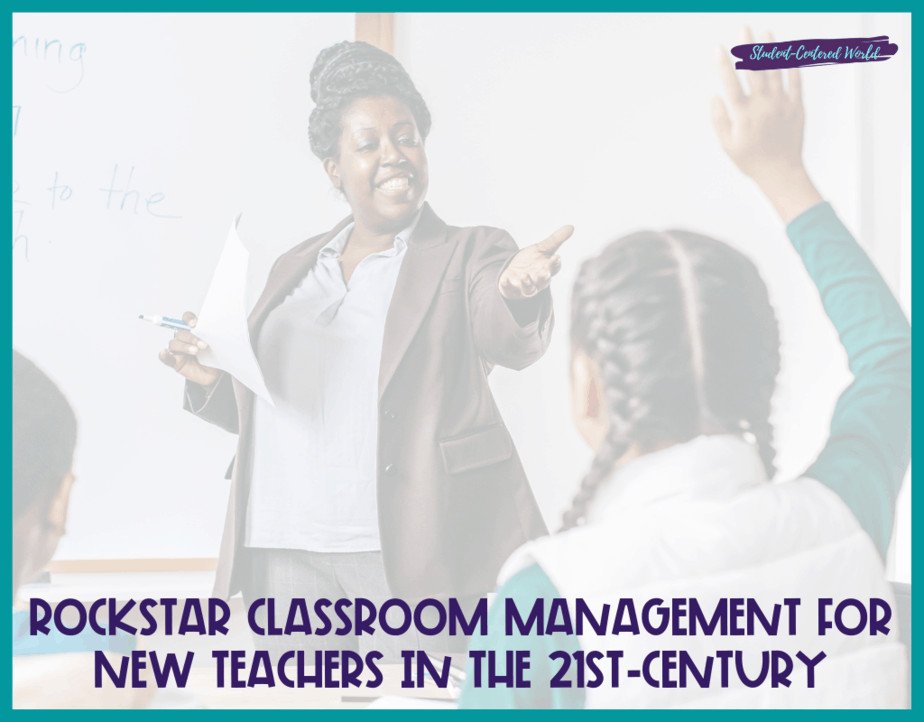
A great way to prevent low-level disruptions in the classroom is to empower and motivate the students. Give them more responsibility for their behavior, and they will take their classroom management seriously.
The most important thing to plan with classroom management for new teachers is to create a safe learning environment for all students. Knowing the types of disruptions, having a plan in place, and remaining consistent can help minimize or prevent disruptions that take up valuable time that you could be using to teach your students.
This is key in classroom management for new teachers preparation.
Classroom management for new teachers: Planning
Before you even meet your students, it is important to have an idea of the types of classroom management protocols you will implement. However, it is even more important to have a plan for tweaking those protocols as you get to know your students.
Some plans look great on paper, but when you go to implement them with certain combinations of students, they derail quickly.
When starting out deciphering classroom management for new teachers, plan how to handle the following situations:
– How will you handle low-level disruptions? Low-level disruptions include talking without raising a hand, fidgeting, laughing, etc. Teachers should have a plan on how low-level issues will be handled from the beginning so students know the boundaries. The plan should be clear and consistent so students know what to expect if they try to test those boundaries. Teachers need to follow through with the consequences in a timely manner in order for them to have an effect on the students’ behavior.
– How will your handle high-level disruptions? These include threats, violence, stealing, defiance, etc. Teachers need to have a set of protocols in place for high-level disruptions that are appropriate for their context and grade level. It’s also important to note that teachers should not be the only ones who know the protocol plan that has been developed with others including security personnel, administrators, and other staff members.
– How will you respond to students who are often in trouble? These may be students that have difficult home lives, students who have had multiple teachers over the course of one year, etc. Teachers should not expect to fix all of these issues overnight or even by the end of the school year. It is important for teachers to recognize when their work with a student isn’t having an effect, and get help from other resources.
– How will you address the concerns of parents? Parents are one of the most important stakeholders in a school community. Teachers should be calling home to introduce themselves, express concern for students’ issues at home, etc. Some schools may have reminder systems that engage parents in the student’s education, so teachers should learn what mechanisms their school has in place.
– How will you communicate your expectations to parents? Teachers must be clear about the protocols they implement in the classroom so that parents know what to expect. However, there are certain issues that need to remain confidential between teacher and student. If certain protocols need to be implemented, parents should be informed in order to support the student. They can also be helpful for providing resources for the student or family if needed.
– How will you recognize students who are succeeding? It is important to recognize students during class, but it is even more important to recognize them when they’re not looking (i.e., recognizing them at the end of the year, on report cards, before summer break, etc.) If there is a clear definition for what student success looks like and how it will be measured across grade levels and throughout the school, teachers can more easily recognize students’ progress.
– How will you address disagreements among students? Teachers should clearly define what their classroom rules are and what is not allowed. In some cases, this may mean that certain behaviors will result in a one-on-one conference with the teacher or administrator. Teachers should also have a plan for how to address disagreements between students if they cannot resolve them themselves.
In order to integrate these systems, classroom management for new teachers need to have a classroom system that is integrated with the overall school’s behavior management system. The key to all of this is to automate as much as possible.
Automating Your Classroom Management Plan
While instances need to be handled in the moment, it is important to have as many pieces of the process “at the ready” to be able to use for those moments. This could include having any number of forms that you choose to use filed away for use when necessary. These can range from reminders and warnings for the students all the way to discipline forms and office referrals.
Again, it depends on the system that you choose to implement in your plan for classroom management for new teachers.
Also, when it comes to communication, etc., try to schedule out as far in advance as you can. This could be scheduling emails, Remind messages, teacher social media posts…whatever you plan on using. You can always go in and tweak what’s there (and should!!), but having it ready to go takes a major time concern off your plate.
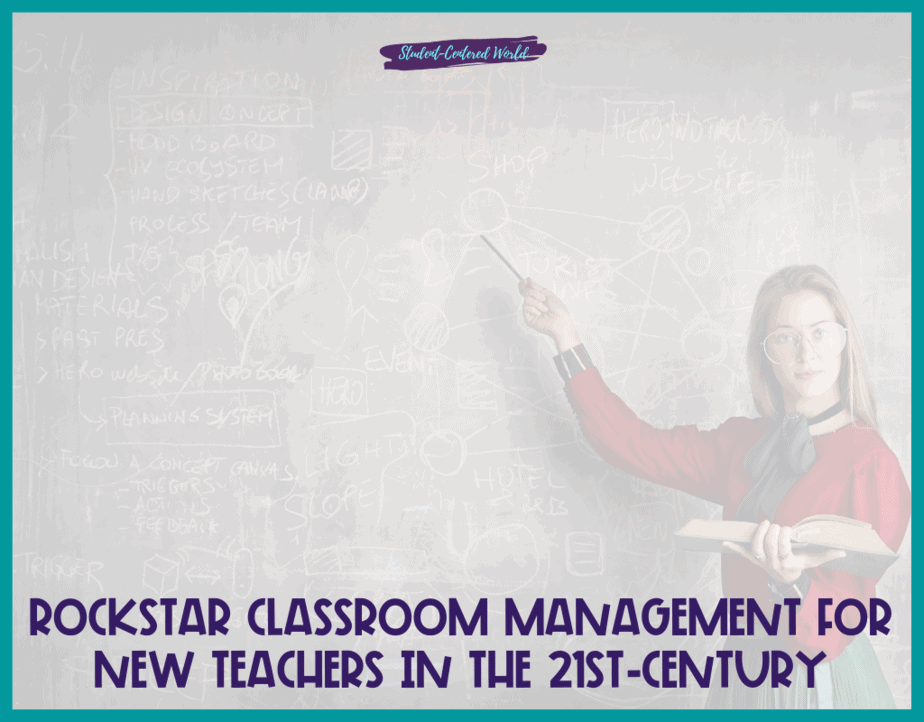
In terms of the day to day, there are many things you can do to keep your students on track, such as:
– Create visual reminders of your expectations for students. If a behavior is not one that you want to see in your classroom, post pictures or drawings so that students can easily see what is allowed and what isn’t. For some behaviors, it may be appropriate to have different levels of reminder (i.e., mild reminders vs. emergency reminders).
– Create a “job jar” for students to choose their jobs each day. This allows them to feel like they have some control over the classroom and that they are able to take on responsibility. It also teaches other skills, such as responsibility, communication, etc.
– If you are using a behavior system, be sure to use it consistently. If certain students are not following the rules, reward others that do to encourage them.
– Use your class management system to track students’ behavior and adjust their expectations accordingly. Some systems even allow you to see who is struggling or doing well so that you can better plan lessons and activities for the day. The goal of a successful system is to provide teachers with the tools for quick interventions.
– Find out what your students want from your classroom management plan. If necessary, do a survey or ask them during class. This will help you build a better plan that meets everyone’s needs and expectations.
– Finally, always make sure that all methods are working together in the most effective way. If certain methods are not working, try to adjust them so that they better fit your classroom’s needs. This is the hardest adjustment to normalize in a plan for classroom management for new teachers.
While no system is perfect, and teachers will always need to be flexible and able to adapt their plans; having a plan of action (or inaction) can make it easier for handling difficult situations.
Teachers also want to make sure they are aware of all the resources available at their school, including administrators, security personnel, counselors, etc.
As a teacher, especially a new teacher, it is important to remember that students have a variety of needs. Each student has an individual way of learning and different ways of dealing with certain triggers or incidents. You want to make sure you are aware of all the resources available at your school so that you can help students get the support they need in order to be successful in your classroom.
Stop Driving the Teacher Struggle Bus
Are you struggling with student engagement, apathy, or keeping your class on track?
💫💫 There’s hope! 💫💫
Join my free teacher workshop “Choosing Choice” and in just 60 minutes, you’ll craft a practical plan to revitalize your teaching. Discover the magic of student choice in boosting engagement, gain quick implementation ideas, and explore strategies for year-long success.
Unlike overwhelming workshops, my approach guides you in real-time, providing more classroom options, reducing stress, and giving you more personal time.
Plus, you’ll earn a 1-hour professional development certificate and have 7 days of access.
Don’t miss this chance to transform your teaching; click below to secure your spot now!





